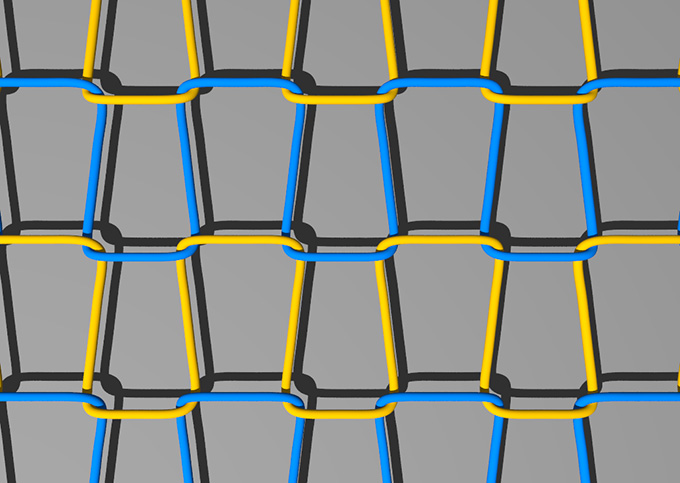colleague: Someone who works with another; a co-worker or team member.
computer model: A program that runs on a computer that creates a model, or simulation, of a real-world feature, phenomenon or event.
fabric: Any flexible material that is woven, knitted or can be fused into a sheet by heat or compression and drying.
fiber: Something whose shape resembles a thread or filament.
force: Some outside influence that can change the motion of an object, hold objects close to one another, or produce motion or stress in a stationary object.
friction: The resistance that one surface or object encounters when moving over or through another material (such as a fluid or a gas). Friction generally causes a heating, which can damage a surface of some material as it rubs against another.
metastable: The state of some system that seems stable, but only as long as it undergoes no more than very small disturbances. Or a system that seems stable because it can remain unchanged for relatively long periods of time.
physicist: A scientist who studies the nature and properties of matter and energy.
ratio: The relationship between two numbers or amounts. When written out, the numbers usually are separated by a colon, such as a 50:50. That would mean that for every 50 units of one thing (on the left) there would also be 50 units of another thing (represented by the number on the right).
simulation: (v. simulate) An analysis, often made using a computer, of some conditions, functions or appearance of a physical system. A computer program would do this by using mathematical operations that can describe the system and how it might change over time or in response to different anticipated situations.
square: (in geometry) A rectangle with four sides of equal length.
stitch: A length of thread that binds two or more fabrics together.
unique: Something that is unlike anything else; the only one of its kind.









